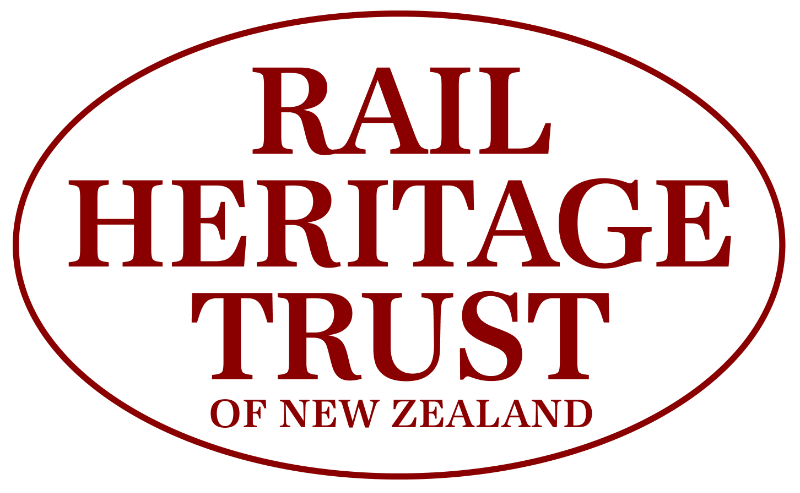Rolling Stock
Design, Contruction and Maintenance of Carriages, Wagons and Guards’ Vans
The ongoing development of rolling stock is very much a microcosm of the evolution of railway technology in New Zealand from the founding days. Along with all the necessary infrastructure and equipment, early carriages, wagons and guards’ vans were sourced from Great Britain. These vehicles were in the main of conventional British design and execution, although built to the colonial 3 ft 6 in (1067mm) gauge first utilised in the Cape Province of South Africa. Typically these carriages and wagons were little more than road coach and wagon bodies mounted on primitive four-wheel pedestal underframes and equipped with simple hand brakes.
Changing political dictates and the emergence of New Zealand-based engineering workshops in the mid 1870s saw the start of local rolling stock construction. Amongst these companies were Dunedin-based Findlay & Co and R W Hyslop, which manufactured a number of small carriages. In the early 1880s Addington Railway Workshops were set up in Christchurch. These pioneering facilities quickly established an impressive record of wagon and carriage construction. This included upgraded four-wheel wagons and guards’ vans, and in 1883 a new type of carriage fitted with bogies, which became associated with the workshops under the generic name “Addington Cars”.
By the closing years of the 19th century railway workshops at Newmarket (Auckland), East Town (Wanganui), Petone (Wellington) and Hillside (Dunedin) were all involved in rolling stock construction. This period was marked by advances in manufacturing techniques such as the incorporation of steel and iron components in the underframes, improved bogie and axlebox designs, and the widespread use of the American-designed Westinghouse compressed-air brake system. New types of wagons were also developed to carry specialised loads, including insulated box wagons for the increasingly important frozen-meat trade, various types of stock wagons, and tankers for bulk liquid distribution.
Concurrent development of passenger stock saw the production of saloon or “birdcage” cars from Addington in 1889, while the first examples of the ubiquitous turtleback-roofed standard carriage appeared from various Railways workshops in 1897. New guards’ vans built in this period were substantially larger, riding on bogies. With railway business expanding rapidly in the early 20th century, the construction of many new railway lines required large increases in rolling stock to service them. For example, the opening of the North Island Main Trunk in 1908 was marked by the introduction of new wider-body carriages of improved design and amenities, including sleeping and dining cars.
In the succeeding years of the 20th century the evolution of rolling stock followed similar advances as overseas; larger-capacity wagons and more comfortable and better-riding passenger cars. Carriage design in the 1930s reached a watershed with a major new equipment programme that saw steel-panelled, enclosed-end vestibuled stock built at both Addington and Otahuhu workshops. The standard Main Trunk 56-foot long cars of the 1938-1942 period, in use into the 21st century on Wairarapa services and, heavily rebuilt, on Tranz Scenic trains, but all now withdrawn, represented the penultimate development of passenger stock manufactured in New Zealand. They have been followed by the S, SA, SD, SW conversions and rebuilds of British Rail Mark 2 stock, and by the new AK carriages for KiwiRail Scenic.
Wagons have seen a pronounced change in the last three decades, with the gradual phasing out of all types of speed-restricted four-wheel wagons, and the widespread utilisation of bogie flat-top and multi-door box wagons for the carriage of containers, palletised commodities, and other customer-specific bulk loads and products.
Rolling-stock Register
There are no items of the type rolling-stock in the register.
